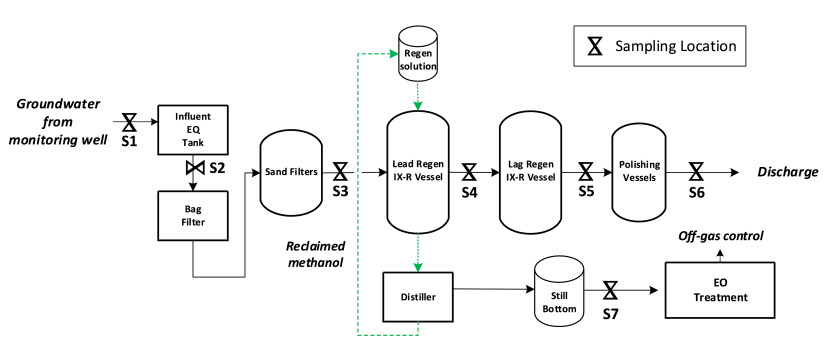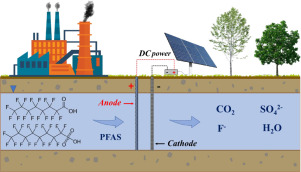Elsevier,
The Lancet Planetary Health, Volume 6, March 2022
A review in support of SDGs 3 and 13, highlighting the need to link population-based mental health outcome databases to weather data for causal inference, and for greater collaborations between mental health providers and data scientists to guide the formation of clinically relevant research questions on climate change.
Elsevier,
The Lancet Public Health, Volume 7, March 2022
A Correspondence on the contribution of national public health institutes to tackling the climate crisis, in the context of SDGs 9 and 13, highlighting the development of a roadmap serving to strengthen the role of these institutes in mitigation and adaption policies.
Elsevier, Chemical Engineering Journal Advances, Volume 9, 15 March 2022
This pilot-scale field demonstration evaluated the remediation of poly- and perfluoroalkyl substances (PFAS) from groundwater contaminated with aqueous film-forming foam (AFFF) from a coupled regenerable ion exchange resin (IXR) and electrochemical oxidation (EO) treatment train. A pilot-scale IXR system was used that incorporates a novel resin regeneration process, and recovers and reuses the majority of the regenerant solution using distillation.
Elsevier, Chemical Engineering Journal Advances, Volume 9, 15 March 2022
Groundwater remediation technologies that can destroy per- and polyfluoroalkyl substances (PFAS) in situ are in high demand. To address this need, using flow-through electrochemical reactors we compared the performance of three mesh electrode materials that may be implemented in the subsurface as permeable reactive barriers.






